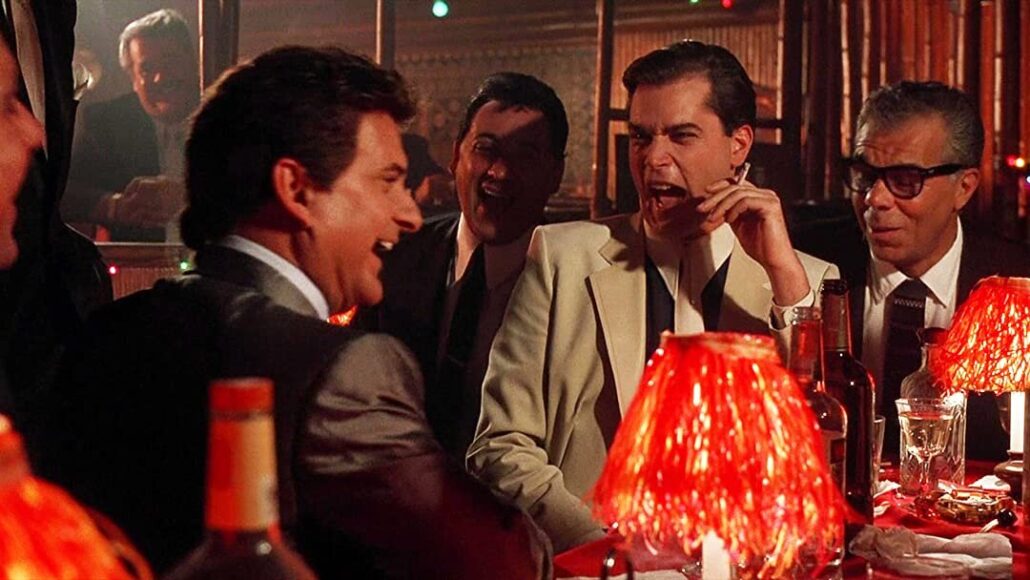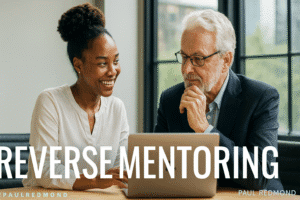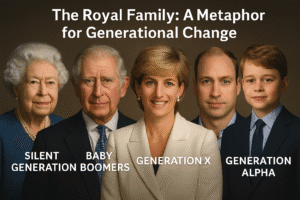It’s one of the most chilling scenes in cinema history: a conversation that begins as a light-hearted exchange between friends that suddenly lurches into a potentially murderous confrontation. That it should then turn out to be a “joke” makes the exchange even more disturbing – and unforgettable.
Released in 1990, Martin Scorsese’s Goodfellas won trunk-loads of awards. Based on the real-life memoirs of an American mobster, the film featured Joe Pesci as psychopathic killer Tommy DeVito, and Ray Liotta as his accomplice, Henry Hill.
The scene takes place in a restaurant. Pesci’s character Tommy is telling a ‘funny’ story to a table of gangsters. Everyone’s laughing, including Liotta (Henry). The atmosphere is relaxed and friendly. When Tommy finishes his story, still laughing, Henry says:
“Really funny. You’re really funny.”
Tommy stops laughing. Lowering his voice, and with the barest shadow of a smile, he asks:
“Whaddya mean I’m funny?”
“It’s funny, you know, the … the story. It’s funny. You’re a funny guy.”
“Whaddya mean? You mean the way I talk? What?”
Like a man who’s slipped and fallen into a shark tank, Henry quickly grasps the danger he’s in:
“It’s just, you know, it’s … you’re just funny. It’s … you know, the way you tell the story and everything …”
Tommy’s getting angrier and more deadly:
“Funny how? I mean, funny like I’m a clown? I amuse you? How the f*** am I funny? What the f*** is so funny about me? Tell me. Tell me what’s funny?”
Dumb with terror, Henry can only stare into Tommy’s eyes. For several long seconds, neither speaks. Until something in Tommy’s eyes tells Henry that it’s a game:
“Get the f*** outta here, Tommy!”
It’s a scene no one forgets – perhaps because it shows how dangerous and unpredictable life as a ‘good fella’ must be. One minute you’re laughing along to a funny story, next, you’re sleeping with the fishes.
Pesci based the scene on an incident from his youth. While working as a waiter in a tough neighbourhood, a real-life gangster subjected him to the same “Whaddya mean I’m funny?” routine. The scene itself wasn’t in the script – he and Liotta improvised it without telling the other actors. That’s possibly why it feels so realistic.
But the scene also provides an important insight into how people communicate – and why, when it comes to important meetings, nothing compares to face-to-face.
There are several reasons for this. Humans still communicate on largely non-verbal basis.
In a famous study carried out by UCLA, it was found that just seven percent of communication between people took place on the basis of verbal interpretation and thirty-eight percent was linked to vocal pitch and tone. Non-verbal communication signals, however, accounted for fifty-five percent all communication, meaning that ninety-three percent of communication between people isn’t actually linked to words, but how they’re conveyed. It’s not what you say that matters, it’s how you say it.
Even with the best digital platforms, non-verbal signals can be difficult to convey when working online. Hand gestures, eye movements, facial expressions, body posture – all are reduced to fit within a small screen. Instead of complex, multifaceted, living people, what we get is an approximation: an electronic, pixelated representation of reality.
Online meetings also make it easier to avoid telling the truth.
According to a recent study by the University of Cologne, the more distant you are from the person to whom you’re speaking, the easier it is to tell lies. Based on a study of how people behave during online meetings, the lead researcher, Dr Julian Conrads found, that dishonest behaviour ‘increased as the method of communication became more distant and anonymous.’
In other words, the further you are apart, the easier it is to be untruthful.
As businesses seek to recover from the pandemic, pressure to cut costs on office space and meeting rooms is mounting. But this is short sighted. For building teams, establishing trust, and conducting complex negotiations, face-to-face meetings will be more important than ever. Online is fine for transactional or transitory conversations, but when the stakes are high, nothing beats eye to eye.
After all, how did Henry know that Tommy was winding him up? He was able to look him in the eye.
Hey, it’s what made him a wise guy.







